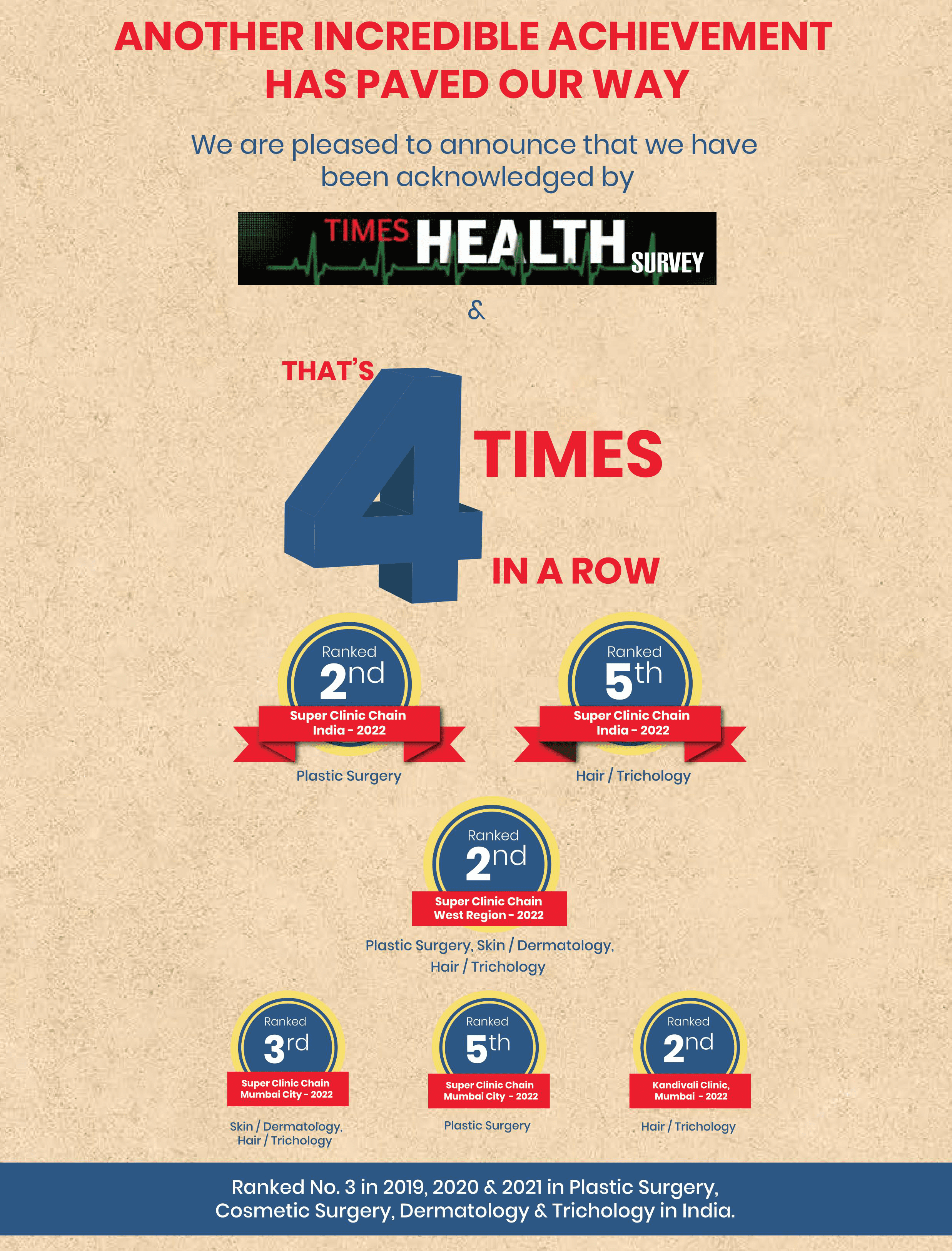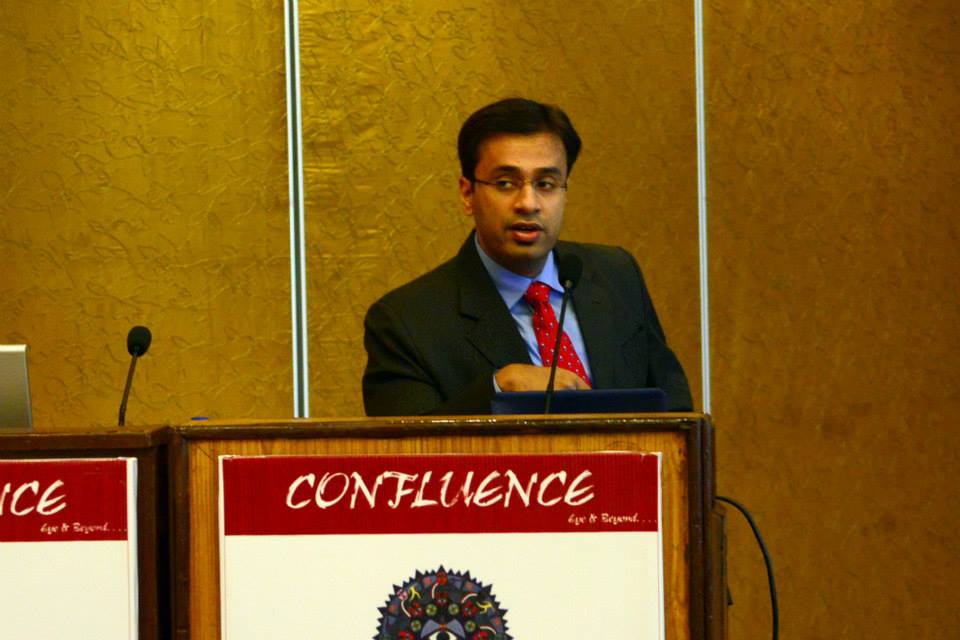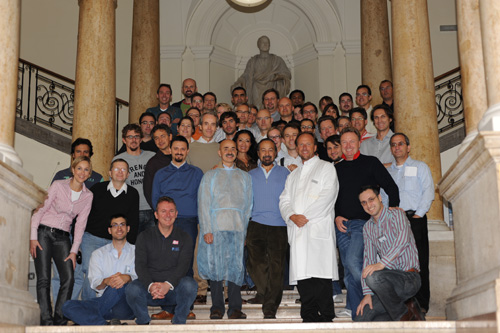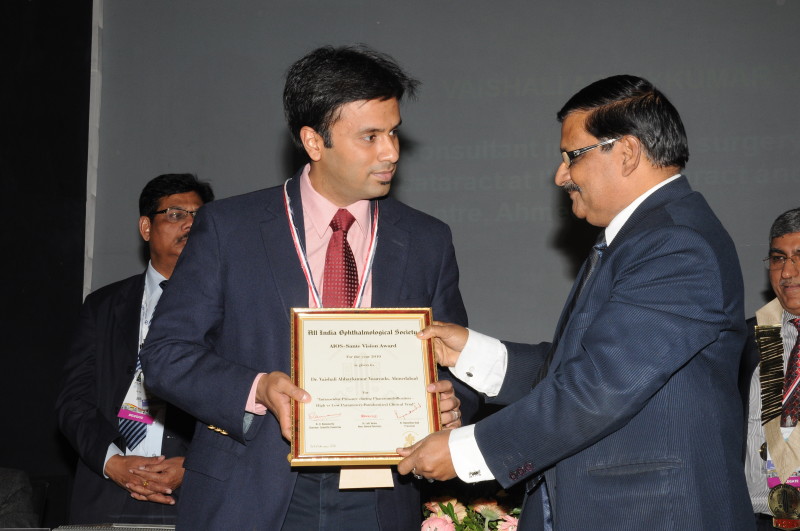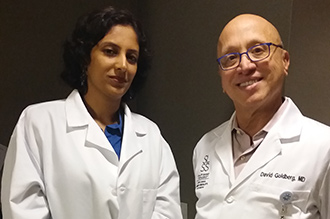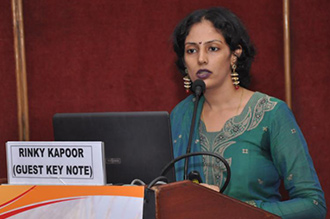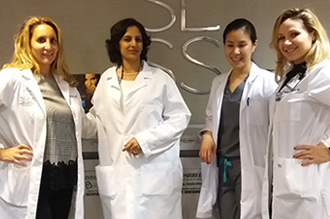TM joint ankylosis describes the condition that occurs when the mandibular condyle becomes fused to the cranial base. It is often caused by trauma and/or infection and usually results in pronounced facial deformity. TM joint ankylosis in India has sometimes raised some degree of stigmatization which may place some strain on a patient’s psychosocial development. While the condition is usually easily noticeable in adults, it may not be so distinct, at first, in young children thus the probability of TM joint ankylosis causing more damaging consequences – when left untreated – on dental health in the years to come is heightened. The condition is usually characterized by the limitation or inability to open the jaw, and this may not even be accompanied by pain at the onset. TM joint ankylosis typically brings about the loss or limitation of functions such as speech utterance, mastication, and digestion.
As a matter of emphasis, the classification of TM joint ankylosis is broad. It can be classified based on the type of tissue that formed the ankylotic mass wherein we can have osseous (solely bone-related formation); fibrous (formed by soft tissues) and fibro-osseous (a combination of both) ankyloses. TM joint ankylosis can also be partial or complete depending on the extent to which the mandibular condyle and cranial base are fused. We can also have true ankylosis – which is intraarticular, occurring within the TM joint and evolves from the bony or soft tissue adhesions around the joint’s surfaces – or false ankylosis – which are extraarticular and are triggered by diseases or infections.
A much detailed classification for TM joint ankylosis is the Sawhney classification which is thus highlighted:
There are also TM joint ankylosis classifications based on symmetry – unilateral and bilateral TM joint ankyloses. In unilateral TM joint ankylosis, the chin tilts towards the side that has been affected with the other (unaffected) side having a relatively flat appearance. On the other hand, with bilateral ankylosis, emanates the bird face appearance, a condition medically referred to as “micrognathia”. Newly born babies suffering bilateral ankylosis normally find it difficult to have a good grip on the nipple when being breastfed.
The treatment of TM joint ankylosis can be complicated or straightforward on the back of the degree of fusion. More so, effective treatment of this TM joint disorder may involve series of different types of surgical procedures coupled with some physiotherapeutic interventions. Having said that, the treatment of TM joint ankylosis should be overseen by the best surgeons that are equipped with the appropriate resources. The reason for this emphasis is informed by the possibility of ankylosis reoccurring due to insufficient resection of the ankylotic mass during surgery. Though it has to be said here that the failure of a patient to adhere to your jaw exercise routine after surgical procedure can also lead to the resurgence of ankylosis.
On your first consultation to see a plastic surgeon at The Esthetic Clinics in view of taking care of an ankylotic mass, you will be subjected to comprehensive physical and digital imaging examinations that would help the specialist to ascertain the extent of your condition. This is a very crucial aspect as thorough evaluations must be done to note how much damage the ankylosis has done to associated arteries and nerves. The surgeon will work with these observations, along with the details provided from your medical history, to design a plausible treatment plan for your case.
You should be mindful of the fact that the surgeon might ask that you make attempts to move your jaw at this first visit – and this is expected to continue after the surgical procedure has been completed. The reason for this is not far-fetched; it enables him/her to assess and re-assess your situation, and give a creditable evaluation during follow-up.
Under this section, we shall take you through some of the procedures our plastic surgeons have used in addressing the problem of TM joint ankylosis.
Interpositional arthroplasty can be done under local anaesthesia, with the surgeon gaining access to the TM joint through a preauricular incision. The joint space is then carefully dissected with the aid of a magnification device. After this, coronoidectomy may be performed. Moving on, the surgeon obtains the material – cartilaginous grafts have proved to be very effective for this cause – to insert into the gap, ensuring that a considerable vertical height is maintained for the mandibular ramus. Once this is done, stitches are used to close up the area. Like the gap arthroplasty procedure, the patient that underwent this protocol is asked to perform regular jaw movement exercise for the next 6 – 12 months post-operation.
The completion of the surgical protocol does not mean the end of treatment as far as TM joint ankylosis is concerned. Therapy is a continuous process, and this is why the surgeons at The Esthetic Clinics take follow-up seriously – the more reason you should also do. Moreover, you will need to take your exercise routines religiously and do not fail to consult the specialist when you notice anything untoward.
Taking to the following tip will not only aid your recovery process, but it will also relatively improve the speed with which you will regain the optimal functionality of your dental process.
You do not have to look any further as we, at The Esthetic Clinics, have state-of-the-art equipment to adequately diagnose your condition and also give you the best treatment protocol/plan. More so, with the experience of our specialists like Dr. Debraj Shome – who registers as one of the best cosmetic surgeons in the world today – you do not have any cause to worry about having a favourable outcome. You can reach us today to have us attend to your inquiries.
Well, we may rightly say that treatment to correct your ankylosed TM joint will cost you a few thousands of Rupees, but this would be simply an assumption – and the medical field does not work this way. So, it is important that we have a first-hand evaluation of your case to be better guided in furnishing you with a bill [of cost]. That said, you should be mindful that factors such as surgical techniques, anaesthesia type, surgeon fee, and follow-up duration will go a long way in determining the cost of TM joint ankylosis treatment
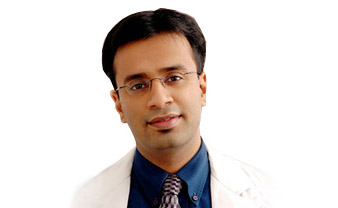

Dr. Debraj Shome is Director and Co founder of The Esthetic Clinics. He has been rated amongst the top surgeons in India by multiple agencies. The Esthetic Clinics patients include many international and national celebrities who prefer to opt for facial cosmetic surgery and facial plastic surgery in Mumbai because The Esthetic Clinics has its headquarters there.
